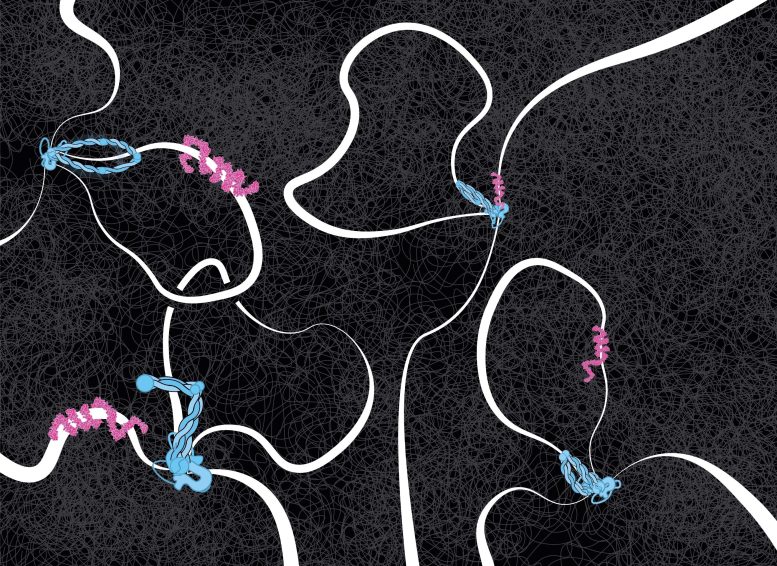
The interaction between the DNA-binding protein CTCF and the cohesin complex is more complex than previously thought, with DNA tension playing a key role in loop extrusion and CTCF acting as a barrier that allows or prevents cohesin passage depending on local conditions. Credit: Roman Barth, Cees Dekker Lab, TU Delft
Chromosomes are organized into loops that regulate genetic information processing, and these loops are extruded by SMC protein complexes like condensin and cohesin. The DNA-binding protein CTCF is crucial for loop positioning along the genome, with its orientation determining loop boundaries. Previously, it was believed that the interaction between CTCF and cohesin was simple, but new research reveals that DNA tension plays a significant role. When DNA is under tension, CTCF acts as a barrier, allowing or preventing cohesin passage depending on the local context. This intricate interaction, in which cohesin can stop, continue, turn around, or dissolve when encountering CTCF, is still being explored by scientists.
Cohesin loops DNA
It has been known for more than a century that the long DNA strands in cell nuclei are neatly folded into the characteristic shape of chromosomes, resembling bottlebrushes , in preparation for cell division. And also between divisions, chromosomes are organised into loops that are important for regulating the processing genetic information. In 2018, Dekker and his group were the first to visualise how SMC protein complexes such as condensin and cohesin extrude loops in DNA.
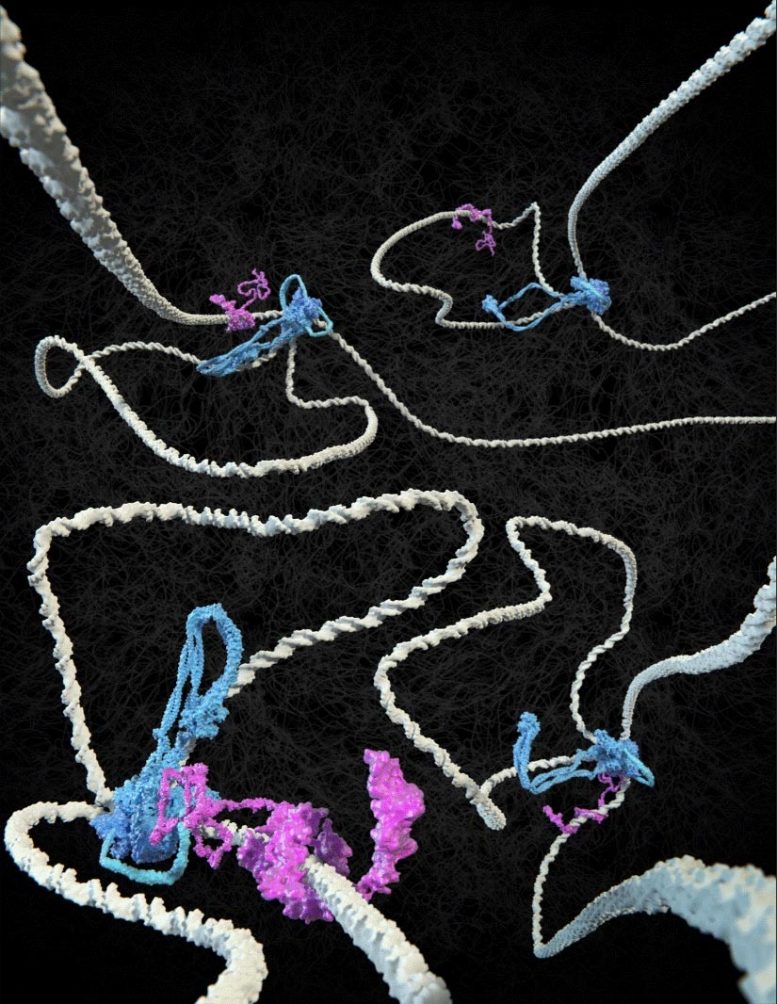
Credit: Cees Dekker Lab / SciXel
CTCF flags have a direction and determine where a loop begins and ends…
The DNA-binding protein CTCF was found to play a key role in the positioning of loops along the genome. Dekker: “If you think of DNA as a rope, onto which CTCF flags are pinned at two points, cohesin makes the loops from one flag to the other, but only if the CTCF is oriented correctly. Only one side of the CTCF protein is able to interact with cohesin. Then again, it doesn’t always do this, because we thought CTCF would also fail frequently. But now we have measured it. The interaction between the two proteins turns out to be much more subtle than we predicted.”
That CTCF and cohesin work together to establish loop boundaries has become basic knowledge in the field, says PhD candidate Roman Barth: “In every conference presentation I attended in the past year, the basic premise was that the cohesin complex extrudes loops between correctly oriented CTCF molecules. But nobody had ever seen in detail how that happens. We have now been able to visualize the essence of this.”
… And DNA tension plays a surprising role in this
Colleagues in Jan-Michael Peters’ group at the Institute of Molecular Pathology in Vienna succeeded in making the proteins available in pure form. The two ends of a DNA molecule were attached to a surface; the DNA and proteins were stained with a fluorescent dye. The researchers then made an unusual discovery, Dekker explains. “In the data, Roman discovered that it made a difference whether the DNA strand was very loose or under tension. Without tension, cohesin often ignored the CTCF flag, even if correctly oriented, but when the DNA was under more tension, the CTCF acted as a perfect barrier. So, under the influence of DNA tension, CTCF becomes like a smart traffic light, allowing cohesin to pass or not, depending on the local traffic situation.”
When cohesin collides with a CTCF protein, it can stop or continue. The researchers saw that it can also turn around, or even dissolve altogether. How and why this happens are the next questions Dekker hopes to answer.
Reference: “CTCF is a DNA-tension-dependent barrier to cohesin-mediated loop extrusion” by Iain F. Davidson, Roman Barth, Maciej Zaczek, Jaco van der Torre, Wen Tang, Kota Nagasaka, Richard Janissen, Jacob Kerssemakers, Gordana Wutz, Cees Dekker and Jan-Michael Peters, 19 April 2023, Nature.
DOI: 10.1038/s41586-023-05961-5


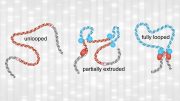
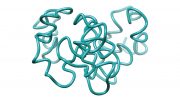


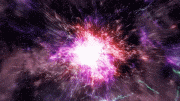
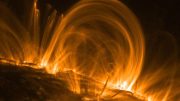
Thank you for your most interesting observations. Can I ask you, please, as a complete layman; technically speaking in the fields of DNA, whether it is possible to apportion DNA components to IQ?
I will be most grateful to receive your respected and valued comments/observations.
Thank you.
Kind regards,
Colin Jay